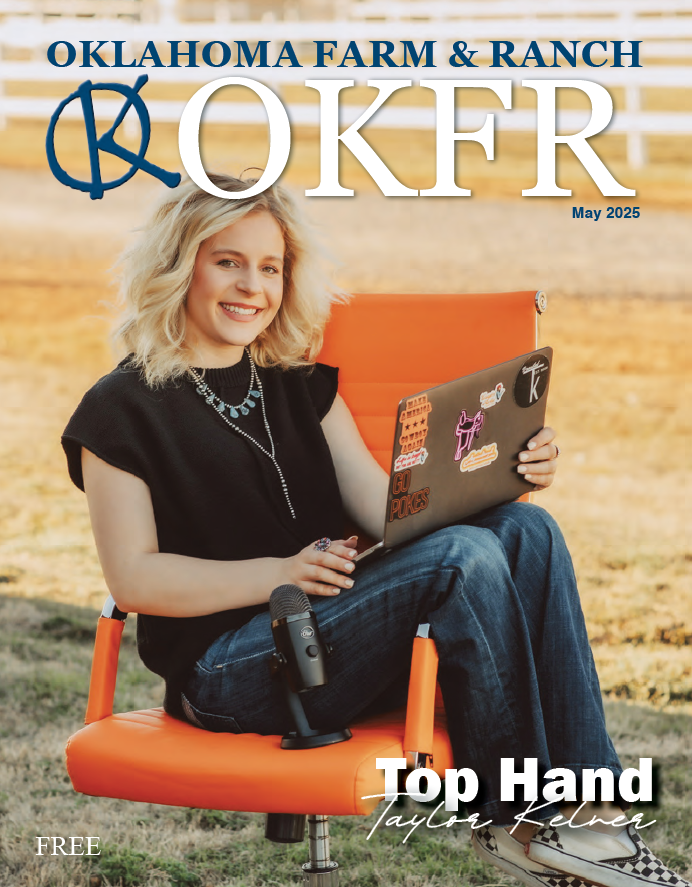Farm & Ranch
From Plow to Plentiful: The Most Important Inventions in Agricultural History
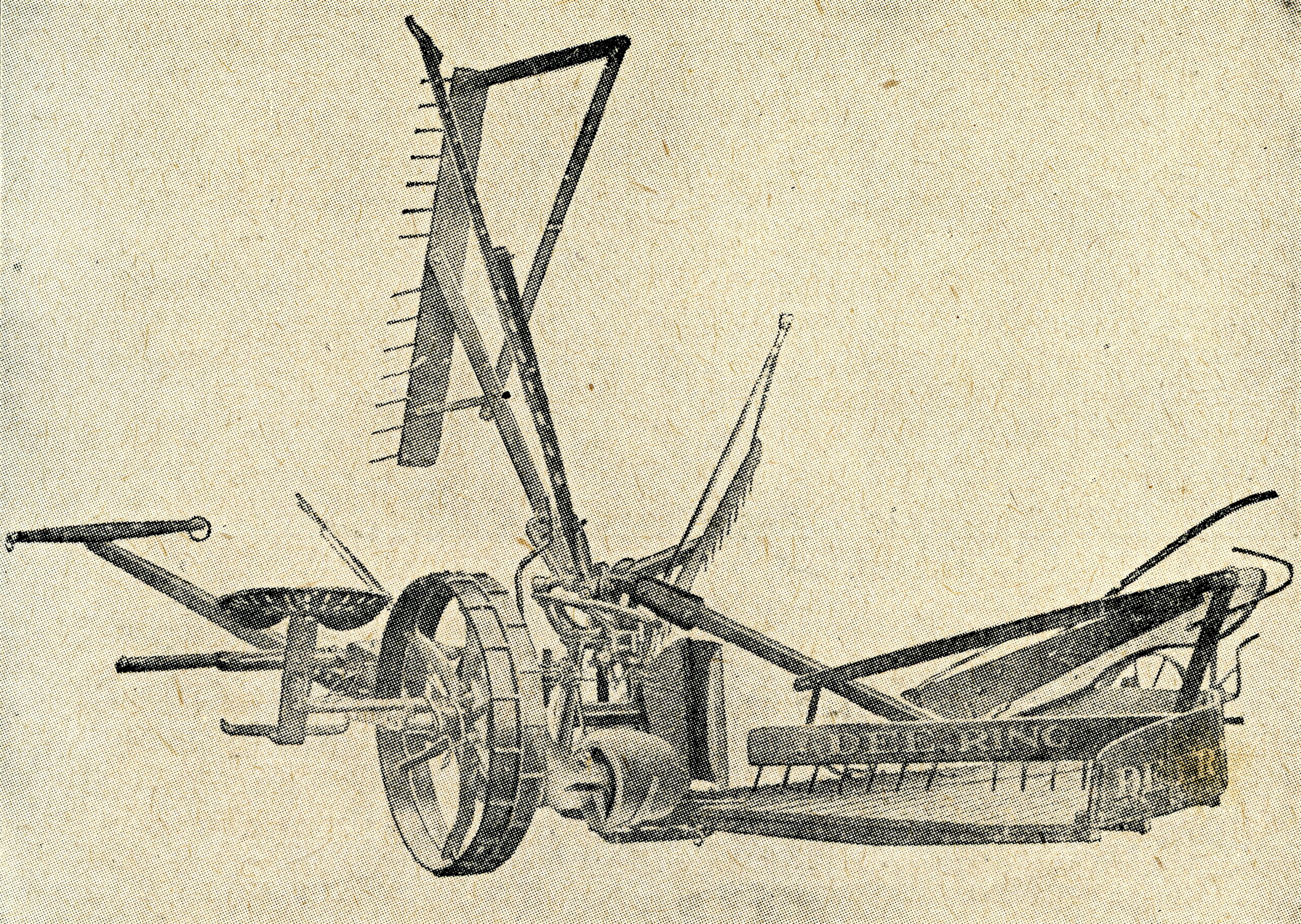
Agriculture is the foundation of human civilization. Throughout history, the quest for more efficient and productive methods of farming has led to the invention of countless tools and technologies. These inventions have not only revolutionized agriculture but have also played a pivotal role in shaping societies and economies. In this comprehensive exploration, we will delve into some of the most important inventions related to agriculture that have had a profound and lasting impact on the way we grow and harvest food.
The Wheel and Axle: Unlocking Mobility and Productivity
The wheel and axle, one of the earliest inventions in human history, had a significant impact on agriculture. This invention, which dates back to around 3500 BC, revolutionized transportation, making it possible to move heavy loads and machinery more efficiently. In agriculture, the wheel and axle played a crucial role in the development of carts, wagons, and plows, enabling farmers to transport goods and cultivate larger areas of land.
The Plow: Cultivating the Earth’s Riches
The plow is arguably one of the most iconic agricultural inventions. Its origins trace back to ancient Mesopotamia and Egypt around 3000 BC. The plow transformed agriculture by allowing farmers to dig deep furrows in the soil, turning it over and aerating it. This improved soil quality, making it more fertile and suitable for planting a wider variety of crops. The plow’s evolution from simple wooden implements to more sophisticated steel plows in the 19th century drastically increased the efficiency of farming.
Irrigation Systems: Mastering Water Management
Irrigation systems are a testament to human ingenuity in harnessing water for agriculture. The earliest known irrigation systems date back to ancient Egypt and Mesopotamia, around 6000 BC. These systems, which transported water from rivers to fields, allowed farmers to cultivate crops even in arid regions. Over time, irrigation methods have become increasingly sophisticated, incorporating canals, pumps, and drip irrigation systems, ensuring a consistent and controlled water supply for agriculture. Today, modern irrigation practices help feed billions of people around the world.
The Seed Drill: Sowing the Seeds of Precision
The seed drill, invented by Jethro Tull in the early 18th century, represented a leap forward in precision agriculture. Before its invention, seeds were sown by hand, resulting in uneven distribution and often wasteful planting practices. Tull’s seed drill, powered by horses, allowed farmers to sow seeds at a consistent depth and spacing, significantly increasing crop yields. This invention laid the groundwork for modern agricultural practices, emphasizing efficiency and precision in planting.
The Cotton Gin: Revolutionizing Textile Production
While not directly related to food production, the cotton gin, invented by Eli Whitney in 1793, had a profound impact on agriculture in the American South. This revolutionary machine automated the process of separating cotton fibers from their seeds, increasing the efficiency of cotton production by a factor of 50. The cotton gin’s success led to the widespread cultivation of cotton as a cash crop, shaping the economic landscape of the Southern United States.
The Mechanical Reaper: Harvesting the Bounty
The mechanical reaper, invented by Cyrus McCormick in the 1830s, mechanized the labor-intensive process of harvesting grain crops such as wheat. This invention featured a cutting mechanism that could efficiently harvest crops at a much faster rate than manual labor. The mechanical reaper played a pivotal role in increasing agricultural productivity during the 19th century and contributed to the expansion of agriculture in the United States.
The Steam Engine: Powering Progress
The steam engine, invented by James Watt in the late 18th century, revolutionized agriculture by providing a reliable source of power for various farming machinery. Steam engines were used to drive pumps for drainage, power threshing machines, and even locomotives for transporting agricultural goods to markets. The introduction of steam power marked a significant shift from human and animal labor to mechanical power, greatly increasing agricultural efficiency.
The Refrigerated Railcar: Expanding Food Distribution
In the late 19th century, the refrigerated railcar, often credited to Gustavus Swift, transformed the way food was transported and distributed. Before its invention, the transportation of perishable goods was a major logistical challenge. Refrigerated railcars allowed for the long-distance shipment of fresh produce, meat, and dairy products, opening up new markets and ensuring a more reliable food supply for urban populations.
Pesticides and Herbicides: Protecting Crops
The development of synthetic pesticides and herbicides in the 20th century marked a significant milestone in agriculture. These chemical compounds, such as DDT and glyphosate, helped farmers combat pests and weeds that threatened their crops. While these chemicals have played a vital role in increasing agricultural productivity, their use has also raised concerns about environmental impact and health risks, leading to ongoing debates and regulatory measures.
The Green Revolution: Feeding the World
The Green Revolution, which began in the mid-20th century, represented a coordinated effort to improve crop yields through the development of high-yielding varieties of staple crops, improved irrigation techniques, and the increased use of fertilizers and pesticides. This agricultural revolution, led by scientists like Norman Borlaug, played a pivotal role in increasing food production worldwide, helping to avert widespread famine and addressing the food needs of a growing global population.
Genetically Modified Organisms (GMOs): Customizing Crops
Genetically modified organisms (GMOs) represent a more recent innovation in agriculture. GMOs are organisms whose genetic material has been altered in a way that does not occur naturally. In agriculture, this technology has been used to develop crops with traits such as resistance to pests, tolerance to herbicides, and improved nutritional content. GMOs have sparked considerable debate over their safety, environmental impact, and ethical considerations.
Precision Agriculture: The Digital Age of Farming
The digital revolution has brought agriculture into the realm of big data and advanced technology. Precision agriculture, also known as smart farming, leverages sensors, GPS technology, drones, and data analytics to optimize various aspects of farming, including planting, irrigation, and crop management. This data-driven approach allows farmers to make informed decisions, minimize resource wastage, and increase crop yields, ultimately contributing to sustainable and efficient agriculture.
Throughout history, agriculture has been a dynamic and ever-evolving field driven by innovation and necessity. The inventions discussed in this article represent a sampling of the many remarkable contributions that have shaped the way we grow and harvest food. As we confront contemporary challenges, such as climate change, food security, and sustainable agriculture, the spirit of innovation continues to drive the development of new technologies and approaches that will shape the future of agriculture. Whether through advancements in genetic engineering, digital agriculture, or sustainable practices, the journey of agricultural innovation is far from over. As we look ahead, we can expect agriculture to continue to adapt and transform, ensuring that the world’s growing population has access to safe, nutritious, and abundant food.
Farm & Ranch
Cattle Nematodes (Worms)
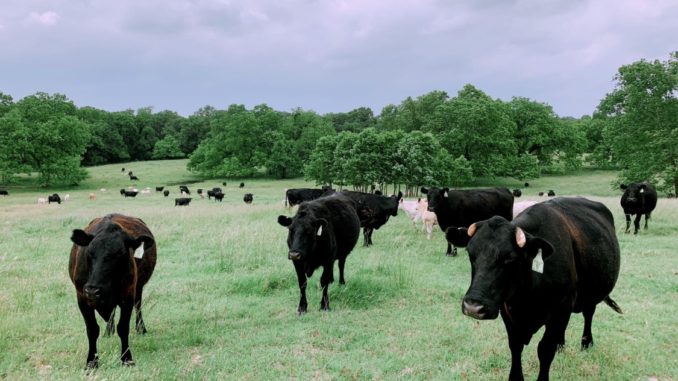
Barry Whitworth, DVM | Senior Extension Specialist | Department of Animal & Food Sciences
According to the Mesonet, Oklahoma received some much-needed rain in late April (2023). With the moderate temperatures and high humidity, the environment is perfect for the proliferation of gastrointestinal nematodes (GIN) which are commonly called “worms.” Cattle can be infected with a variety of GIN. Most do not cause issues unless husbandry practices are poor. However certain GIN have been associated with disease. The most pathological GIN in cattle is Ostertagia ostertagi. Cooperia species and Haemonchus species are two that have been implicated with production issues. Control of these parasites is constantly changing due to environment, anthelmintic (dewormer) resistance, and consumer preference. Cattle producers should develop a plan to manage these parasites.
In order for GIN to complete their life cycle, certain environmental conditions must exist. The development stage begins with passing of the egg in the feces of the animal. If the egg is to hatch, the temperature must be warm and the humidity needs to be close to 100%. Ideal temperature ranges from 70⁰ to 80⁰ Fahrenheit (F), but any temperature above 45⁰ F will allow for development. Temperatures above 85⁰ F or below 45⁰ F will begin to hamper development. Humidity needs to be 80% or higher.
Once the egg hatches, the larva goes through a couple of molts to reach the infective stage which is the third stage larva (L3). L3 must have moisture to free itself from the fecal pat. Once free, it rides a wave of water on to a blade of forage. Once ingested, this begins the prepatent or pre-adult stage. Two molts take place during this stage (L3 to L4 and L4 to L5). If conditions are not favorable for survivability of offspring, L4 will go into an arrested development stage (hypobiosis) for a period of time. The patent or adult stage is the mature breeding adult.
Once inside the body, the parasite will migrate to certain locations in the digestive tract. For example, O. ostertagi develop in the gastric gland in the abomasum. H. placei and H. contortus will migrate to the abomasum. Cooperia species will live in the small intestine. A few like Trichuris (whipworms) are found in the large intestine.
Clinical signs of parasitism vary according to the species of parasite, burden, and site of attachment. Severe disease, which is referred to as parasitic gastroenteritis (PGE), with internal parasites is unusual with today’s control methods. Clinical signs of PGE are lack of appetite, weight loss, weakness, diarrhea, submandibular edema (bottle jaw), and death. However, most parasite infection are subclinical which means producers do not see clinical signs of disease. In subclinical infections, the parasite causes production issues such as poor weight gain in young cattle, reduced milk production, and lower pregnancy rates.
Producers should be monitoring their herds for parasites throughout the year but especially in the spring when conditions are ideal for infection. A fecal egg count (FEC) is a good way of accessing parasite burdens. Livestock producers need to gather fecal samples from their herd periodically. The samples should be sent to their veterinarian or a veterinary diagnostic lab. Different techniques are used to access the number of eggs per gram of feces. Based on the counts, the producer will learn the parasite burden of the herd. Producers can use this information to develop a treatment plan.
In the past, GIN control was simple. Cattle were routinely dewormed. Unfortunately, anthelmintic resistance has complicated parasite control. Now proper nutrition, grazing management, a general understanding of how weather influences parasites, biosecurity, refugia, anthelmintic efficiency, and the judicious use of anthelmintics are important in designing an effective parasite management program. All of these considerations need to be discussed in detail with a producer’s veterinarian when developing a plan for their operation.
Cattle producers need to understand that parasites cannot be eliminated. They must be managed with a variety of control methods. Designing a parasite management plan requires producers to gain a general understanding of life cycle of the parasite as well as the environmental needs of the parasite. Producers should use this information as well as consult with their veterinarian for a plan to manage GIN. For more information about GIN, producers should talk with their veterinarian and/or with their local Oklahoma State University Cooperative Extension Agriculture Educator.
References
Charlier, J., Höglund, J., Morgan, E. R., Geldhof, P., Vercruysse, J., & Claerebout, E. (2020). Biology and Epidemiology of Gastrointestinal Nematodes in Cattle. The Veterinary clinics of North America. Food animal practice, 36(1), 1–15.
Navarre C. B. (2020). Epidemiology and Control of Gastrointestinal Nematodes of Cattle in Southern Climates. The Veterinary clinics of North America. Food animal practice, 36(1), 45–57.
Urquhart, G. M., Armour, J., Duncan, J. L., Dunn, A. M., & Jennings, F. W. (1987). In G. M. Urquhart (Ed). Veterinary Helminthology. Veterinary Parasitology (1st ed., pp 3-33). Longman Scientific & Technical.
Farm & Ranch
The Value of Vitamin A
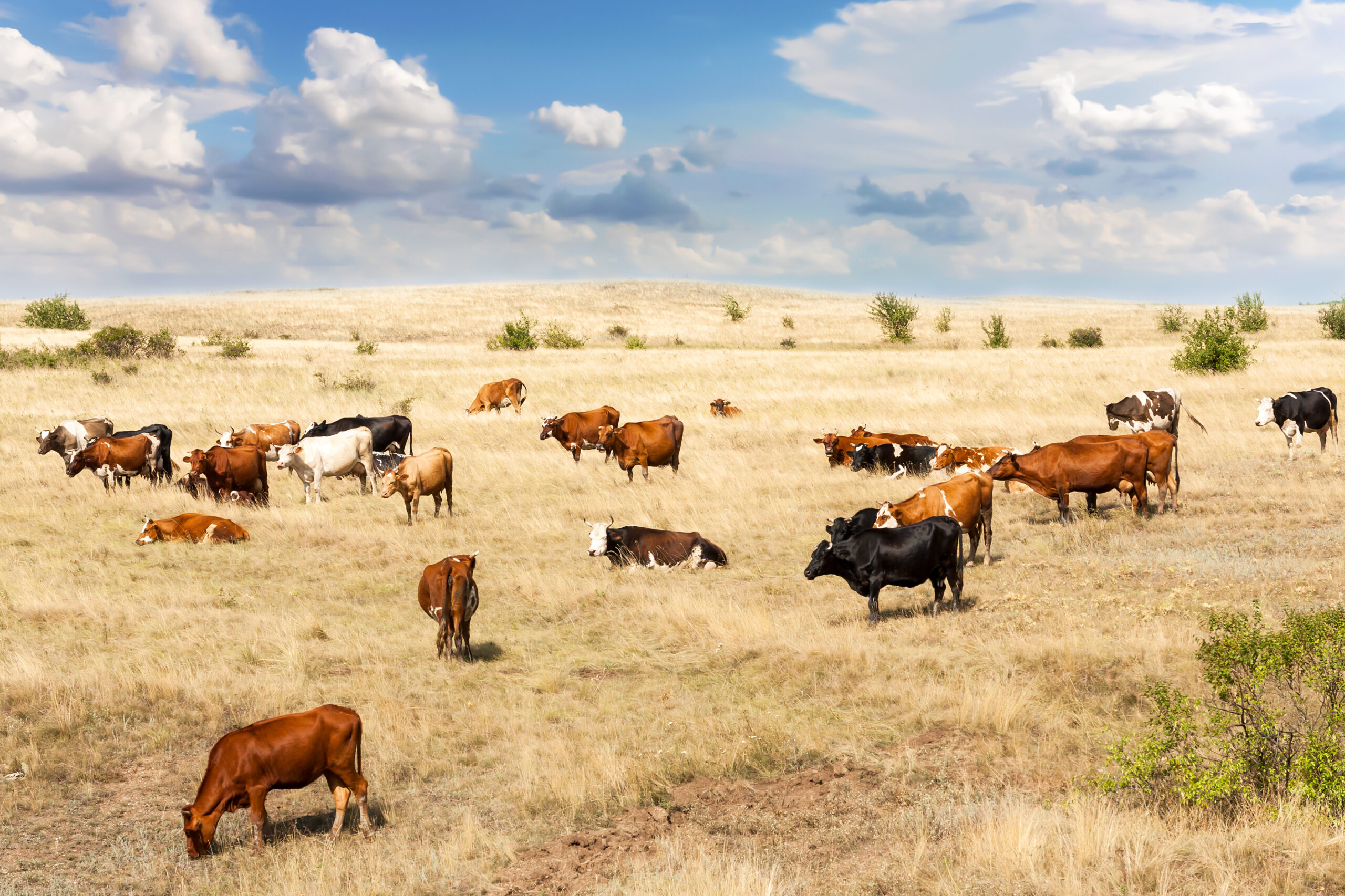
Barry Whitworth, DVM – Area Food/Animal Quality and Health – Specialist for Eastern Oklahoma
A ranch in Australia experienced an abnormally high number of stillbirths and weak born calves in 2004-2005. An investigation revealed that the usual infectious causes were not the problem. After additional testing, veterinarians diagnosed low levels of vitamin A as the cause.
According to Dr. Greg Hanzlicek, with the Kansas State Veterinary Diagnostic Laboratory (KSVDL), Kansas had an unusually high number of stillbirth cases and weak born calves in the spring of 2019. After many laboratory tests, it was concluded that the problem stimmed from a lack of energy, protein, Vitamin A, or combinations of all of these.
Both of the above examples demonstrate the importance of vitamin A in reproductive efficiency. Research has shown that low vitamin A levels during pregnancy are associated with abortions, stillbirths, and weak born calves. In addition to playing an important role in reproductive efficiency, vitamin A is essential for vision, bone growth, and maintaining epithelial tissue such as skin and hooves.
Animals obtain vitamin A from consuming green forage and/or the addition of vitamin A supplements to the diet. Lush green pastures contain high amounts of vitamin A. As plants mature and during times of drought, the amount of vitamin A decreases. The ranch in Australia experienced below average rainfall in the previous two years prior to the calving season. During the calving season, rainfall was below average with very dry conditions and little green forage was available.
In general, animals obtain adequate amounts of vitamin A by grazing green forage. Animals grazing green pastures will build a healthy store of vitamin A in the liver. When vitamin A is in short supply, the stores in the liver prevent deficiencies. According to Dr. Lalman, Extension Beef Cattle Specialist Oklahoma State University, the stores should last 2 to 4 months during times of deficiency. During times when green forage is not available, vitamin A supplements need to be added to the diet to prevent deficiencies.
When vitamin A levels are deficient, night blindness is one of the earliest clinical signs. Other eye issues include clouding of the cornea, ocular discharges, and possible ulcerations. Skin issues found when levels of vitamin A are deficient include a dry rough coat, scales on the skin, and dry cracked hooves. Other neurological signs include incoordination or gait problems. Seizures may occur due to the increase cerebrospinal fluid pressure. Birth defects have also been attributed to low vitamin A levels.
Animals displaying vitamin A deficiency should be treated immediately with vitamin A injections. If treated early, response is usually rapid and complete. However, delaying treatment may result in irreversible damage. Even with treatment, cattle with vision impairment due to vitamin A deficiency may not regain their sight.
Preventing Vitamin A deficiency depends on producers being attentive to the environmental conditions that favor low vitamin A levels in forage. During these times, producers need to supplement the diet with vitamin A. Producers need to be aware that Vitamin A supplements degrade rapidly, so vitamin A supplements should not be stored for long periods of time. In addition to vitamin A supplementation, research indicates that diets low in protein result in poor absorption of vitamin A. It is important that producers ensure that the rations have sufficient protein levels. Lastly, since colostrum contains high levels of vitamin A, producers need to ensure that newborns obtain adequate amounts of colostrum at birth.
Similar to the Australian example, most of Oklahoma had below average rainfall for the year of 2022. This resulted in pasture quality decreasing earlier than normal. Due to this year’s lack of green forage, liver stores of vitamin A may be inadequate for the animal’s needs. Producers need to ensure that the diets of their cattle have adequate amounts of vitamin A, energy, and protein. For more information about Vitamin A, producers should contact their veterinarian and/or visit with their Oklahoma State University County Ag Educator.
References
Hanzlicek, G. (2019, May). Difficult Calving Season Findings:2019. Diagnostic Insights. www.ksudl.org/resources/news/diagnostic_insights/may2019/difficult-calving-season2019.html.
Hill, B., Holroyd, R., & Sullivan, M. (2009). Clinical and pathological findings associated with congenital hypovitaminosis A in extensively grazed beef cattle. Australian Veterinary Journal, 87(3), 94–98.
Parker, E. M., Gardiner, C. P., Kessell, A. E., & Parker, A. J. (2017). Hypovitaminosis A in extensively grazed beef cattle. Australian veterinary journal, 95(3), 80–84.
Farm & Ranch
Lice in Cattle
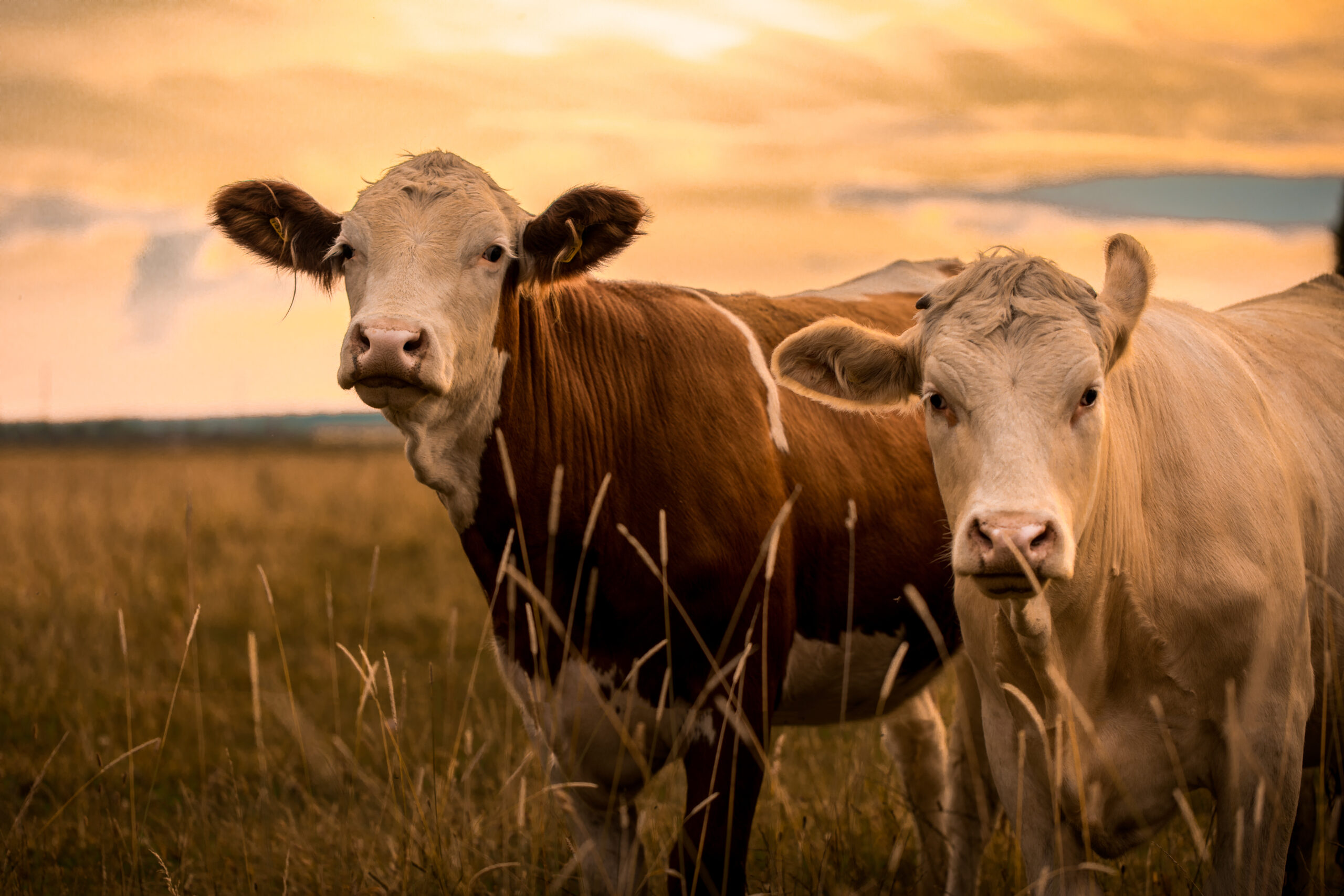
Barry Whitworth, DVM, MPH | Senior Extension Specialist
Department of Animal & Food Sciences | Freguson College of Agriculture | Oklahoma State University
Cattle lice cost Oklahoma cattlemen millions of dollars each year in decreased weight gains and reduced milk production. If cattle producers have not treated their cattle for lice this fall, they need to consider what type of lice control to initiate. This is especially true for cattle producers that had problems in the previous year. Cattle producers should monitor cattle closely during the months of December, January, and February. Producers should not wait until clinical signs appear before beginning treatment.
The life cycle of the different species of cattle lice are very similar. The life cycle begins with the female louse attaching her egg to a shaft of hair. The egg will hatch as a small replica of the adult. After several molts, the adult will emerge. The cycle takes around 3 to 4 weeks to complete. These newly hatched lice will spend their entire life on the host and are host specific which means cattle cannot be infected with lice from other animals.
Small numbers of lice may be found on cattle in the summer, but high populations of lice are associated with cold weather. Since cattle tend to be in closer proximity to each other in the winter, lice can spread easily between cattle. A small percentage of cattle tend to harbor larger numbers of lice. These animals are sometimes referred to as “carrier animals”, and they may be a source for maintaining lice in the herd. As with many other diseases, stress also contributes to susceptibility and infestation.
Signs of lice infections in cattle are hair loss, unthrifty cattle, and hair on fences or other objects. If producers find these signs, they may want to check a few animals for lice. They can check for lice by parting the hair and observing the number of lice per square inch. If an animal has 1 to 5 lice per square inch, they are considered to have a low infestation. Cattle with 6 to 10 lice would be considered moderately infested. Any cattle with more than 10 lice per square inch are heavily infested.
Cattle have two types of lice. One type is the biting or chewing louse. These lice have mouth parts that are adapted to bite and chew the skin. The second type is sucking louse. These lice have mouth parts that will penetrate the skin and suck blood and other tissue fluids. It is not uncommon for cattle to be infested with more than one species of lice.
The biting or chewing louse is Bovicola (Domalinia) bovis. This type of lice feeds on hair, skin, skin exudate, and debris. Typical clinical signs with this type of louse are hair loss, skin irritation and scabs on the skin. They are found on the shoulders and back.
Four types of sucking lice can be found in the United States. The first is the “short nose” louse or Haematopinus eurysternus. This is the largest cattle louse. This louse is found on the neck, back, dewlap, and base of the tail. The second is the “long-nose” louse or Linognathus vituli. This louse is bluish in color with a long slender head. This louse is found on the dewlap, shoulders, sides of the neck, and rump. The third is the “little blue” louse or Solenoptes cappilatus. This louse is blue in color and is the smallest cattle louse. This louse is found on the dewlap, muzzle, eyes, and neck. The last is the “tail” louse or Haematopinus quadripertuses. This louse has been found in California, Florida, and other Gulf Coast States. This louse is found around the tail.
The sucking lice have the potential to cause severe anemia if the numbers are high. This can result in poor doing cattle or in extreme cases death. They also can spread infectious diseases. The long-nose louse has been found to be a mechanical vector for anaplasmosis.
Prevention of lice infestation should begin in the fall. Producers should not wait for clinical signs to appear before beginning treatment. Several products are available to control lice. Producers should read and follow the label directions. Producers should keep in mind that many of the lice control products require two administrations to control lice. Failure to do this may result in cattle having problems with lice infestations.
Some producers have complained that some products do not work. These complaints have not been verified; however, this is a good reason to consult with a veterinarian for advice on what products to use. Most treatment failures are associated with incorrect application not resistance. Proper application of Pour-On insecticides is to administer from the withers to the tailhead. Also, the proper dose is essential for good control.
Cattle producers need to consider a few other things in lice control. Since cattle in poor body condition are more prone to lice infestation, producers need to be sure that the nutritional needs of their cattle are being met. Cattle that have a history of lice infestations should be culled. Lastly, any purchased cattle need to be inspected for lice before entering the herd. If lice are found, the animals should be isolated and treated before entering the herd.
If producers would like more information on lice in cattle, they should contact their local veterinarian or Oklahoma State University County Extension Agriculture Educator. They may also want to read Oklahoma Cooperative Extension Fact Sheet Beef Ectoparasites VTMD-7000 at https://extension.okstate.edu/fact-sheets/beef-cattle-ectoparasites.html.
-

 Attractions8 years ago
Attractions8 years ago48 Hours in Atoka Remembered
-

 Country Lifestyle9 months ago
Country Lifestyle9 months agoJuly 2017 Profile: J.W. Hart
-

 Country Lifestyle9 years ago
Country Lifestyle9 years agoThe House a Treasure Built
-

 Country Lifestyle3 years ago
Country Lifestyle3 years agoThe Two Sides of Colten Jesse
-

 Outdoors7 years ago
Outdoors7 years agoGrazing Oklahoma: Honey Locust
-

 Equine8 years ago
Equine8 years agoUmbilical Hernia
-

 Outdoors5 years ago
Outdoors5 years agoPecan Production Information: Online Resources for Growers
-

 Farm & Ranch7 years ago
Farm & Ranch7 years agoHackberry (Celtis spp.)

